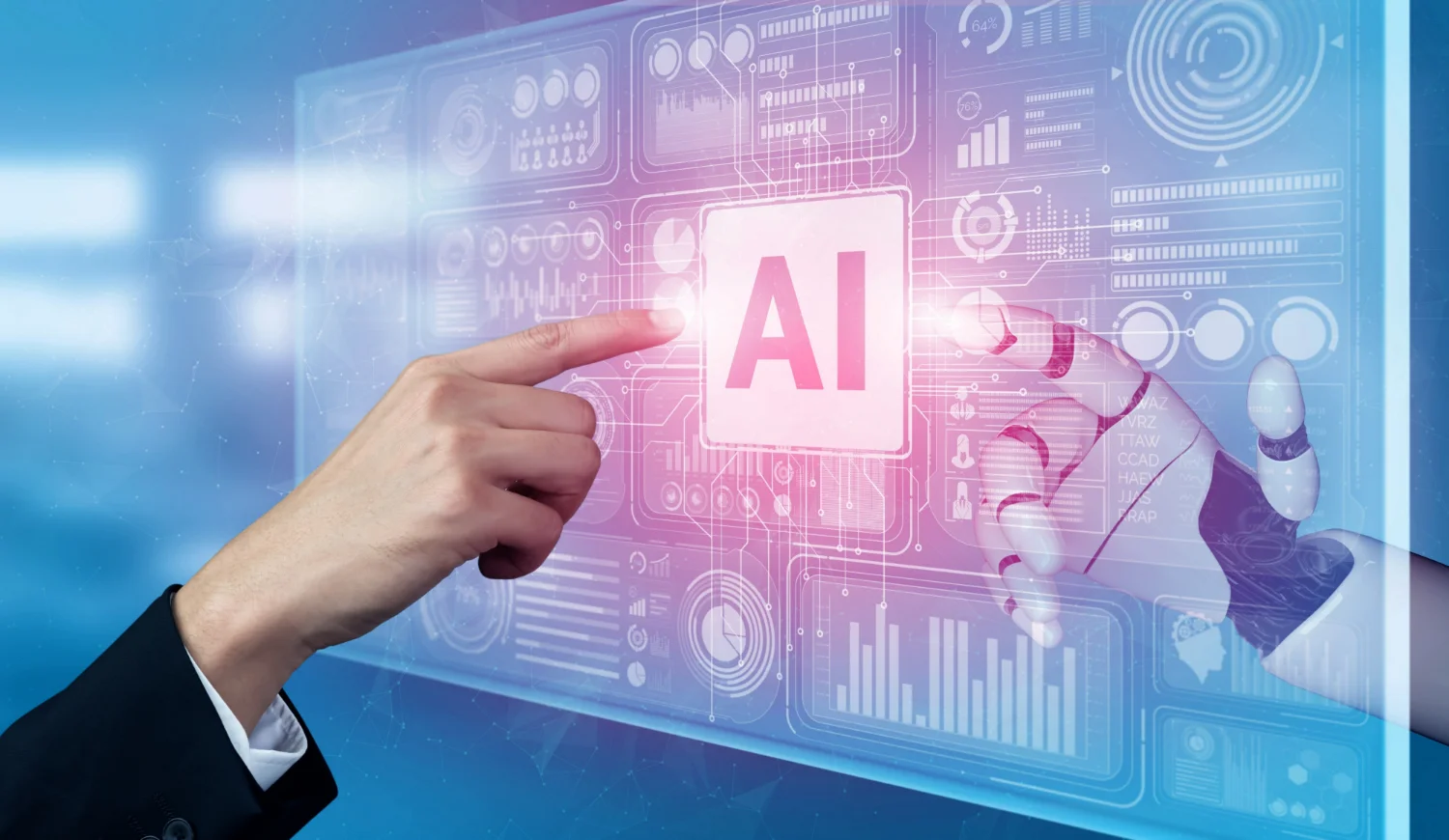- Blog
- December 28, 2022
Turn to Adaptive AI to surpass digital chaos

- Blog
- December 28, 2022
Turn to Adaptive AI to surpass digital chaos
Businesses across all industries are implementing artificial intelligence (AI) technologies to solve complex business problems and develop innovative and self-learning solutions to stay competitive all the time. But, there have been numerous highs and lows in the evolution of AI. This advancement of AI can be leveraged in a wide range of use cases, such as fraud, risk management, and marketing across many industries, including banking, lending, telecommunications, and insurance.
Adaptive AI: A key player
Then here comes Adaptive AI, which emerged as the next advancement for handling various processes. Instead of being a single, cohesive entity, adaptive AI is a collection of agents. These more compact agents can communicate information concurrently that operate quicker than a single AI trying to process the same data independently. Adaptive AI consists of a single pipeline that constantly scans the input, output, and related variables for changes and updates. It continuously upholds its accuracy by taking lessons from the events that have the potential to change consumer and company behavior in real-time. Adaptive AI incorporates feedback from the operational environment and uses it to produce predictions based on data, and it collaborates to find the best routes to reach its objective.
A top feature of Adaptive AI:
Robustness:Adaptive AI has the ability to achieve high algorithmic precision.
Efficiency: Adaptive AI can operate while achieving minimal resource utilization.
Agility: Adaptive AI can modify operational circumstances in response to pressing demands.
Now, what is in store for adaptive AI in the future? What does it mean for people and businesses, too? Definitely, the increased usage of adaptive AI in autonomous systems will be a potential future. This ground-breaking technology will alter the way of working and living while enhancing everything. Such as nowadays, we are finding Adaptive AI as a
-
- AI virtual assistants:
Virtual assistants can provide faster and more efficient human-technology communication in many commercial and consumer applications. They can communicate in several languages and perform engaging tasks such as reading and responding to emails and SMS text and attending to more leads, prospects, customers, and employees comparable to human interactions. Adaptable AI is implemented to provide personalized responses to client questions, much like Siri and Alexa. Artificial intelligence (AI) systems like these assistants can adjust their responses to provide more qualitative information over time by learning from a user’s preferences and behavior.
-
- Autonomous vehicles:
Autonomous vehicles employ adaptive AI to steer through traffic, avoid hazards, and decide where to go and how to get there. These automobiles’ AI algorithms can efficiently adapt to new circumstances like construction or traffic by learning from past mistakes.
-
- Fraud detection:
Adaptive AI is also utilized in banking and finance to identify fraudulent transactions. These applications’ AI systems can pick up fraud trends from the past and adjust to them as they appear.
-
- Clinical diagnosis:
To assist and get more precise diagnoses, the medical practitioner can also use adaptive AI. To learn what various illnesses look like and identify the origins of a patient’s symptoms, AI systems, for instance, are trained on enormous databases of medical photos and patient information.
According to Gartner, by 2026, businesses utilizing adaptive AI will perform 25% better than their competitors. Due to its advancement Adaptive AI has taken a rank in the list of technology trends in 2023. It’s no secret that one of the most significant developments in strategic technology for 2023 will be adaptive artificial intelligence.
Steps to leverage Adaptive AI
- The machine learning model’s accuracy can be improved over time by using reinforcement learning.
- Designing a human-in-the-loop feedback cycle that enables users to go back and find the original data points (i.e. the exact position within the document).
- Data validation by the company and the feedback received are used to retrain the AI model. The model can avoid data drifting and increase accuracy over time.
- The method can adapt to changes in the format or layout of the processed documents over time without requiring us to refactor our solution.
Scientists are rethinking AI systems to get more done with less. Despite dealing with all the flaws of human-driven decision-making, adaptive intelligence nevertheless incorporates several essential components that are only possible because of human involvement. By analyzing its good impact on the business world, the most reputable research agencies, such as Gartner, McKinsey, and PWC, have glorified the promise of AI with stunning statistics and future forecasts. These statistics and forecasts reflect that Intelligent machines will displace people very soon. AI will amplify and simplify a wide range of human endeavors due to advancements in neural technology, data collection, and computer capacity. Adaptive AI is a crucial development in how AI is delivered and how can present and future computing needs are met.
Conclusion:
In 2023, companies will need to concentrate on sustainability, but they also need to be mindful of the two main concerns of investors: profit and revenue. To combat the digital chaos and reap the benefits of technology implementation, AI intelligence and widespread Internet of Things (IoT) adoption across enterprises and industries are necessary.
By utilizing the IoT’s sensory and actuation end-points, adaptive intelligence may become more responsive by increasing the accuracy of data processing and having more control over outcomes.
Businesses have started using advanced adaptive systems to handle all ML functionality. Hence, Adaptive AI deviates from the classic ML model. This strategy enables the AI to pursue its objectives while learning the optimum path to performance and modifying its learning methodology to suit the circumstance. Business executives have steadily grown more conscious of their technological obligations to achieve environmental goals. It may be a great platform to begin investing in adaptive AI technologies as soon as possible to strengthen digital resilience and stay ahead of the tech disruption curve.




